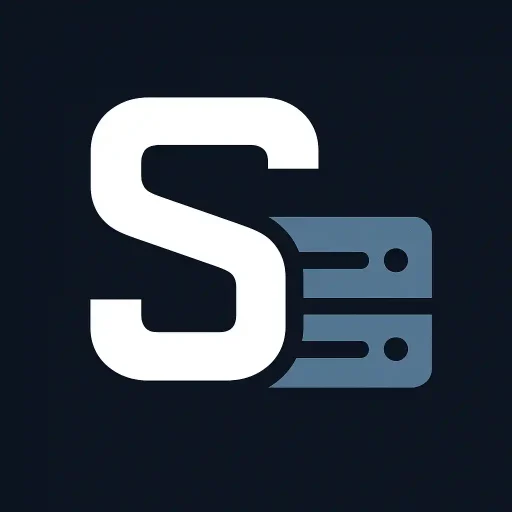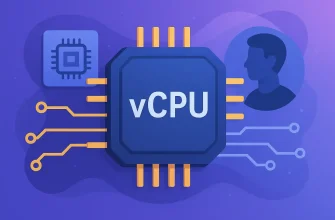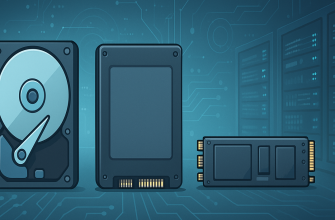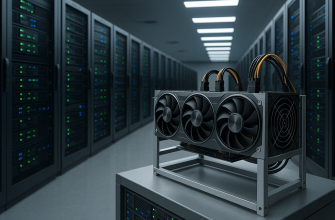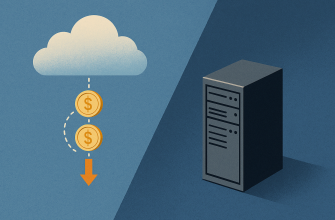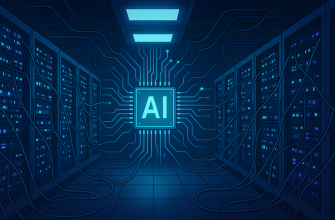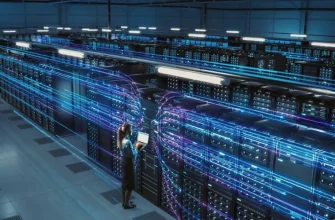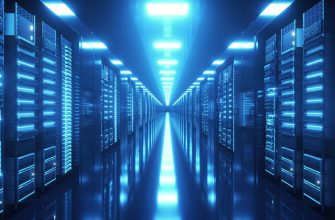- How to Choose the Right Equipment for Your Own Data Center
- Why Choosing the Right Equipment Matters
- 1. Define Your Needs and Goals
- 2. Choose the Right Server Type
- ️ Rack Servers
- Blade Servers
- Tower Servers
- 3. Storage Solutions: Fast, Scalable, Reliable
- 4. Cooling and Power Systems
- 5. Network Infrastructure
- 6. Don’t Forget About Security
- 7. Scalability and Remote Management
- Final Thoughts
How to Choose the Right Equipment for Your Own Data Center
Setting up your own data center is a big step — whether you’re launching a cloud-based business, building a private hosting environment, or simply scaling your infrastructure. But with so many components and options on the market, how do you choose the right equipment?
In this article, we’ll break down the key factors to consider when selecting data center hardware, so you can build a powerful, efficient, and future-proof setup.
Why Choosing the Right Equipment Matters
Your data center is only as strong as the equipment behind it. The wrong choices can lead to overheating, downtime, security risks, and costly upgrades later on. The right hardware, on the other hand, means:
- Better performance
- Lower energy bills
- Easier maintenance
- Higher uptime and reliability
Let’s dive into how to make smart choices from the start.
1. Define Your Needs and Goals
Before you buy anything, ask yourself:
- What kind of workloads will your data center handle? (Web hosting, AI processing, storage, etc.)
- How much data will you store?
- What level of uptime do you need?
- How fast do you expect to scale?
Understanding your current and future needs will help you avoid overspending on unnecessary power — or underbuilding your infrastructure.
2. Choose the Right Server Type
Servers are the heart of your data center. You’ll generally choose between:
️ Rack Servers
- Great for modular setups
- Easy to scale
- Ideal for standard applications
Blade Servers
- High-density, space-saving
- Good for larger data centers
- Require advanced cooling
Tower Servers
- Affordable
- Best for small-scale or edge data centers
Tip: Go for energy-efficient servers with high core counts and support for virtualization if you want performance without huge power consumption.
3. Storage Solutions: Fast, Scalable, Reliable
Depending on your needs, choose between:
- HDDs (Hard Disk Drives) – Cheaper, more capacity, slower
- SSDs (Solid State Drives) – Faster, more reliable, but pricier
- Hybrid storage systems – Combine both for the best of both worlds
Also, consider RAID configurations for redundancy and failover protection.
4. Cooling and Power Systems
Cooling is not optional — heat kills hardware fast.
- Use precision cooling systems (like in-row or overhead units)
- Invest in environmental sensors to monitor heat and humidity
- Implement power redundancy (UPS systems, backup generators)
Efficient power and cooling can save thousands in the long run.
5. Network Infrastructure
High-performance networking is critical.
- Use enterprise-grade switches and routers
- Choose fiber-optic cabling for faster data transfer
- Plan for redundant internet connections to ensure uptime
6. Don’t Forget About Security
Physical and digital security are both crucial.
- Install surveillance systems and controlled access
- Use firewalls, DDoS protection, and network segmentation
- Regularly update firmware and monitor threats
7. Scalability and Remote Management
Your setup should grow with your business. Look for:
- Modular hardware for easy expansion
- Remote management tools (IPMI, iDRAC, etc.)
- Cloud integration for hybrid environments
Final Thoughts
Building your own data center is exciting — but it’s also a long-term investment. Take time to plan, choose quality equipment, and think ahead. Whether you’re a startup founder or a tech-savvy entrepreneur, smart decisions now will pay off in reliability, performance, and peace of mind.
Want more tech guides like this? Follow us for weekly updates on servers, cloud tech, and data infrastructure!
